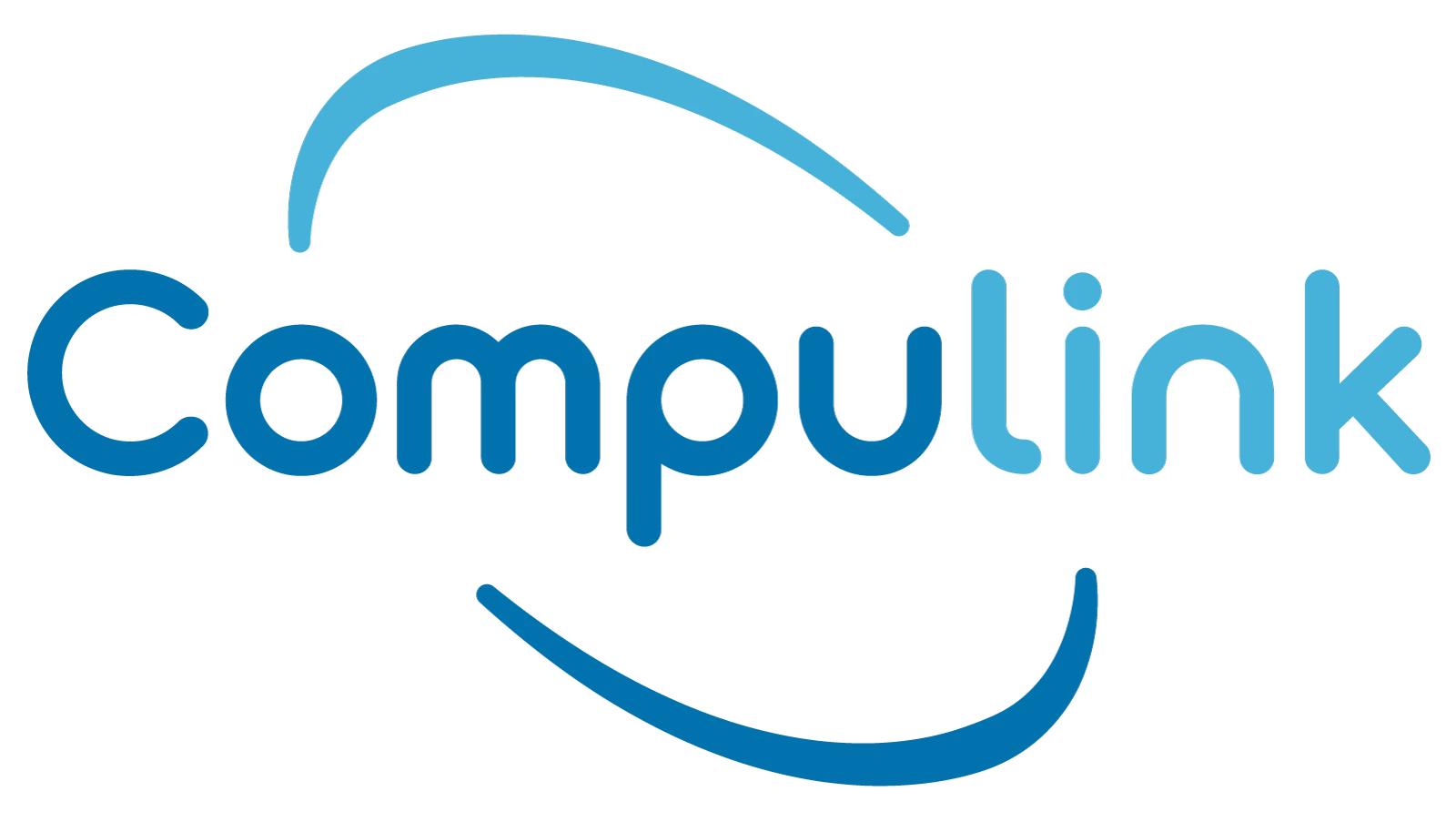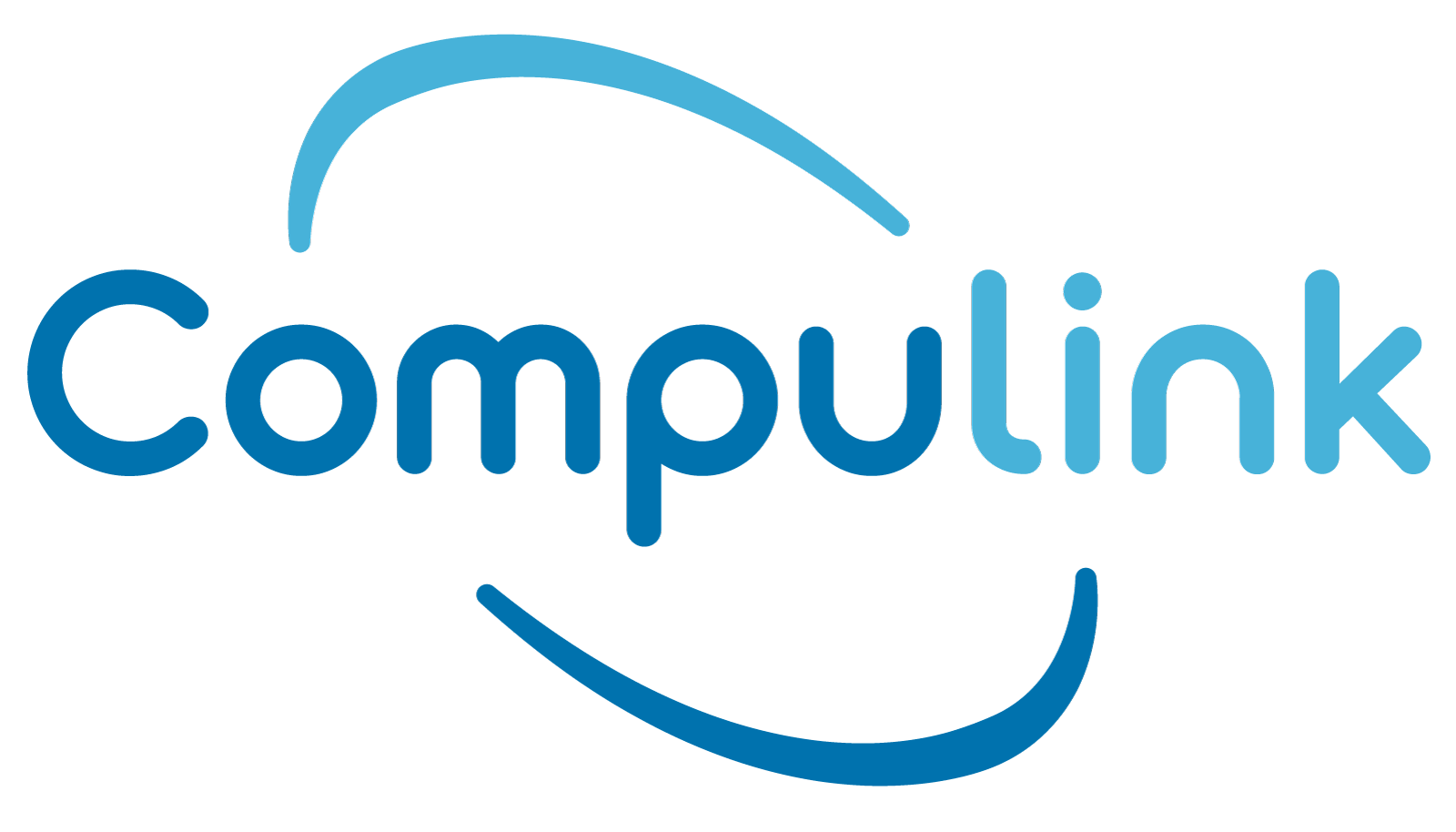Concentration in the workforce is vital for employers and employees alike. It goes without saying that employees need to have concentration on their jobs to fulfill their functions and the overall organization/company to thrive. However, there has been recurring data that implies that employee productivity and concentration is lagging as a result of trends and habits in the workplace.
Open offices have become a trend among organizations. The logic has been to foster a symbolic sense of organizational mission, making employers feel like they were in a relaxed, creative work environment. Despite all this, open offices were damaging to the workers’ attention spans, productivity, creative thinking and satisfaction. Even with this effect on concentration of open offices, 70% of all offices now have an open floor plan.
The strengths of open offices are that they enhance a collaborative atmosphere with employees immediately close to each other and being able to transparently communicate. The downsides of increasing open office environments are the effects on concentration. A 2018 Jabra Knowledge Worker Survey stated that 81% of knowledge workers report that noise and interruptions significantly impact their productivity. Noise and interruptions are what makes open offices a double-edged sword.
After getting distracted, employees also have to get back to their work and resume productivity. A study has shown that the average time it takes to get back into full focus following an interruption was 23 minutes. The same study’s data has shown that people compensate for interruptions by working faster; experiencing more stress, higher frustration, time pressure and effort.
The purpose of this collection of studies was not to argue against open, collaborative office spaces; but to highlight problematic trends that surround office productivity. However, these issues with decreased productivity and attention can be resolved with the appropriate tech solutions that accommodate work space productivity.





